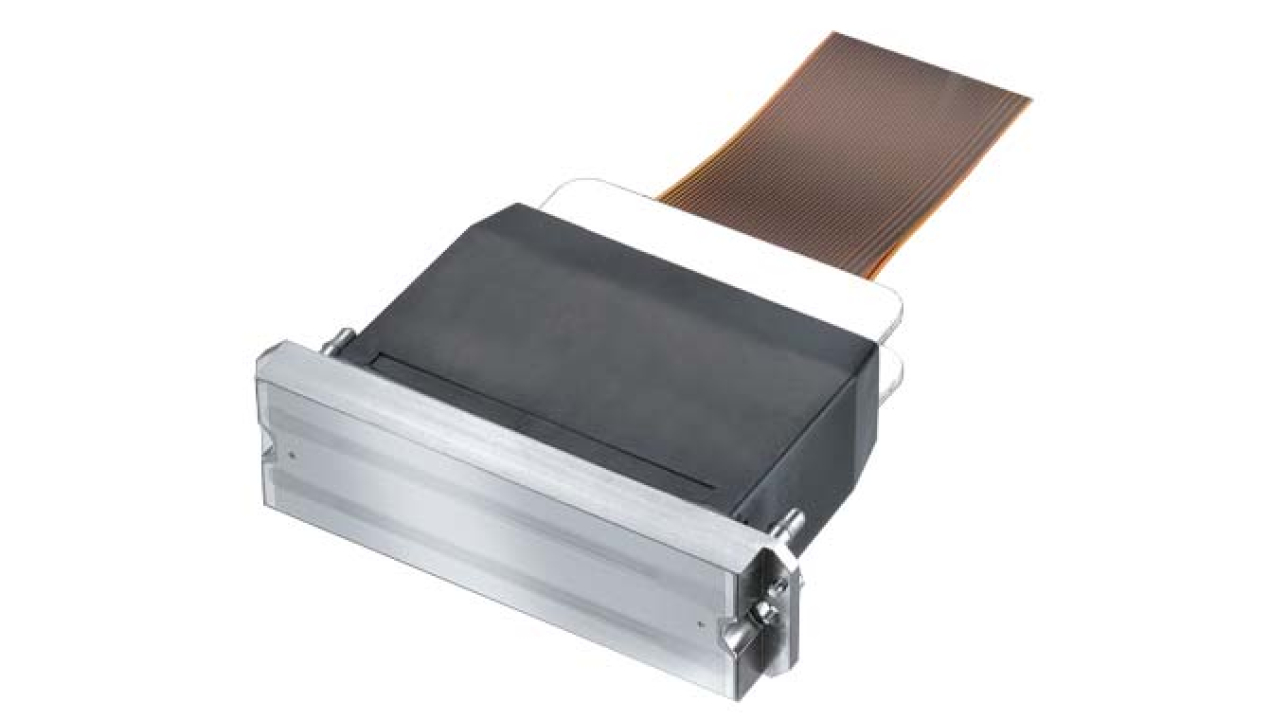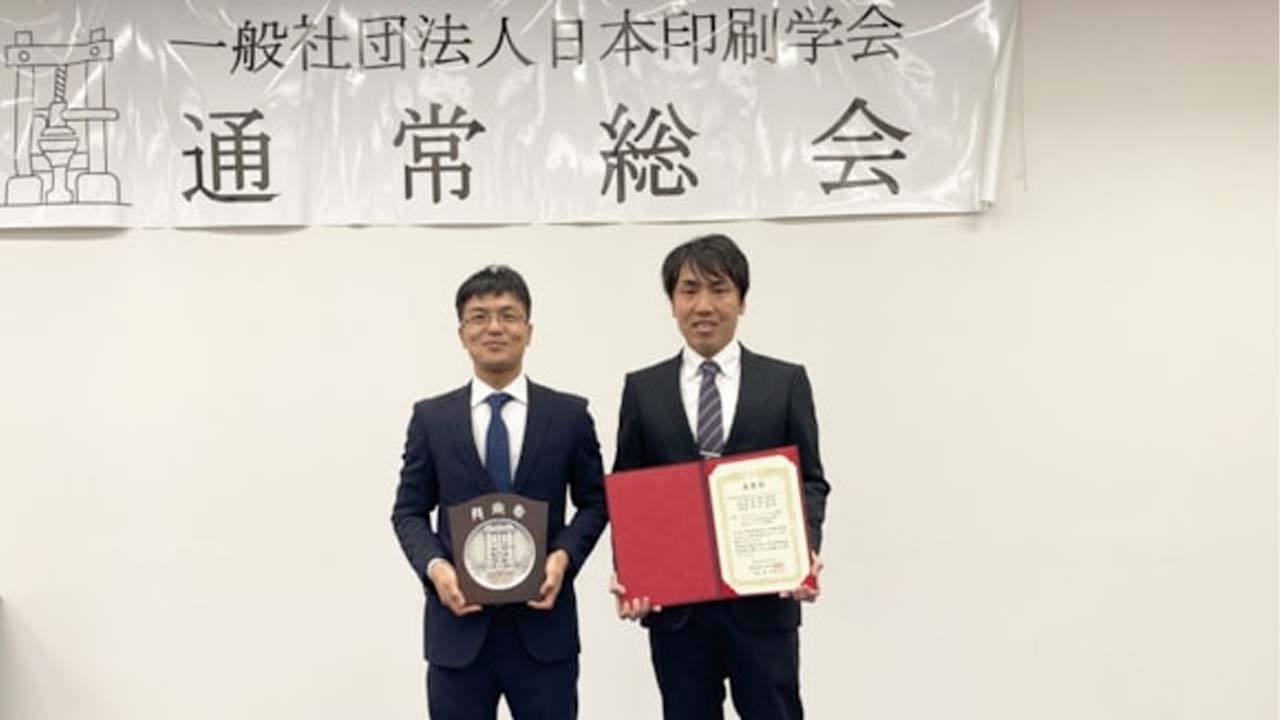Ricoh MH5420/5421 Series printhead sales hit 500,000 milestone
Ricoh has sold more than 500,000 Ricoh MH5420/5421 Series printheads worldwide, the company's fifth generation of printheads.

The printheads’ versatility, ability to deliver consistent and repeatable high quality results in testing industrial environments has been central to the achievement of this milestone.
Ricoh’s MH5420/5421 Series printheads are compatible with a broad range of inks from water-based, to UV, solvent, and oil. OEMs use them for a wide range of applications including signage, textiles, labels, and industrial décor as well as for developments in printed electronics, 3D, pharmaceuticals, and DNA printing. Extensive technical and integration support for waveform design and jetting optimization is core to the product offering.
Among the worldwide developers across a spectrum of industries and sectors that place Ricoh’s MH5420/5421 Series printheads at the heart of their innovative technologies is Mark Andy, a company specializing in narrow- and mid-web printing and finishing equipment.
Dave Medlar, VP Digital Business Unit, commented: ‘We chose the fifth generation of Ricoh printheads because of their robustness, and reliability, and because they deliver a consistent, small drop over and over again.’
Agfa’s head of Materials Technology Centre, Dr Karin Vercauteren, highlighted the printhead’s wide viscosity range, its strong and stable piezo technology that supports a long lifetime, and its small footprint that facilitates integration. She said: ‘In addition, the open platform allows us to tune the waveform for particular inks and applications and achieve outstanding print quality.’
Durst uses MH5420/5421 Series technology, in conjunction with proprietary data electronics and automated matching algorithms, in many water-based and UV inks applications and as an integral part of its modular machine systems.
According to Durst group technology officer, Georg Grossrubatcher, the reliability and robustness of the printheads helps meet demand from industrial clients for high machine availability and print quality consistency. He stated: ‘We can meet these expectations only with reliable printhead partners who consistently drive their inkjet technology forward and keep an open ear for optimization requirements in close innovation partnerships.’
The printhead’s consistency with different inks was a key capability for d.gen, Inc.’s signage and textile printers. Chris Kang, COO, commented: ‘It matches many different types of inks including pigment, so the end users can choose the right ink types for their unique applications.’
Doug Edwards, EFI Inkjet CTO, added: ‘The Ricoh printhead compatibility with EFI inks offers the highest versatility available, allowing EFI to address many application segments.’ He also valued the ability to deliver the highest print quality at production speeds while offering best in class ROI and Ricoh’s technical support in enabling EFI to bring products to market faster.
Ricoh’s expertise was important for Dantex too. Ben Danon, CEO said: ‘The support from Ricoh was excellent and effective during the long development program.’
Graham Kennedy, director Industrial Print Solutions, Graphic Communications, Ricoh Europe, commented: ‘The robustness, reliability and performance of Ricoh’s MH5420/5421 Series printheads, our fifth generation of printheads, have allowed these, and many other, global partners to develop and launch new systems that have achieved sales of tens of billions. They have confidence in Ricoh’s technology. And the versatility of the printheads has also supported innovation in a wide range of sectors enabling acceleration of development while minimizing the risk in time and cost.
‘Furthermore, I am proud that Ricoh is meeting the market’s demand for a quickening of the transition from analogue to digital technologies, and enabling our partners to take advantage of the upstream process benefits and downstream added value benefits that digitalization brings.’
Stay up to date
Subscribe to the free Label News newsletter and receive the latest content every week. We'll never share your email address.

